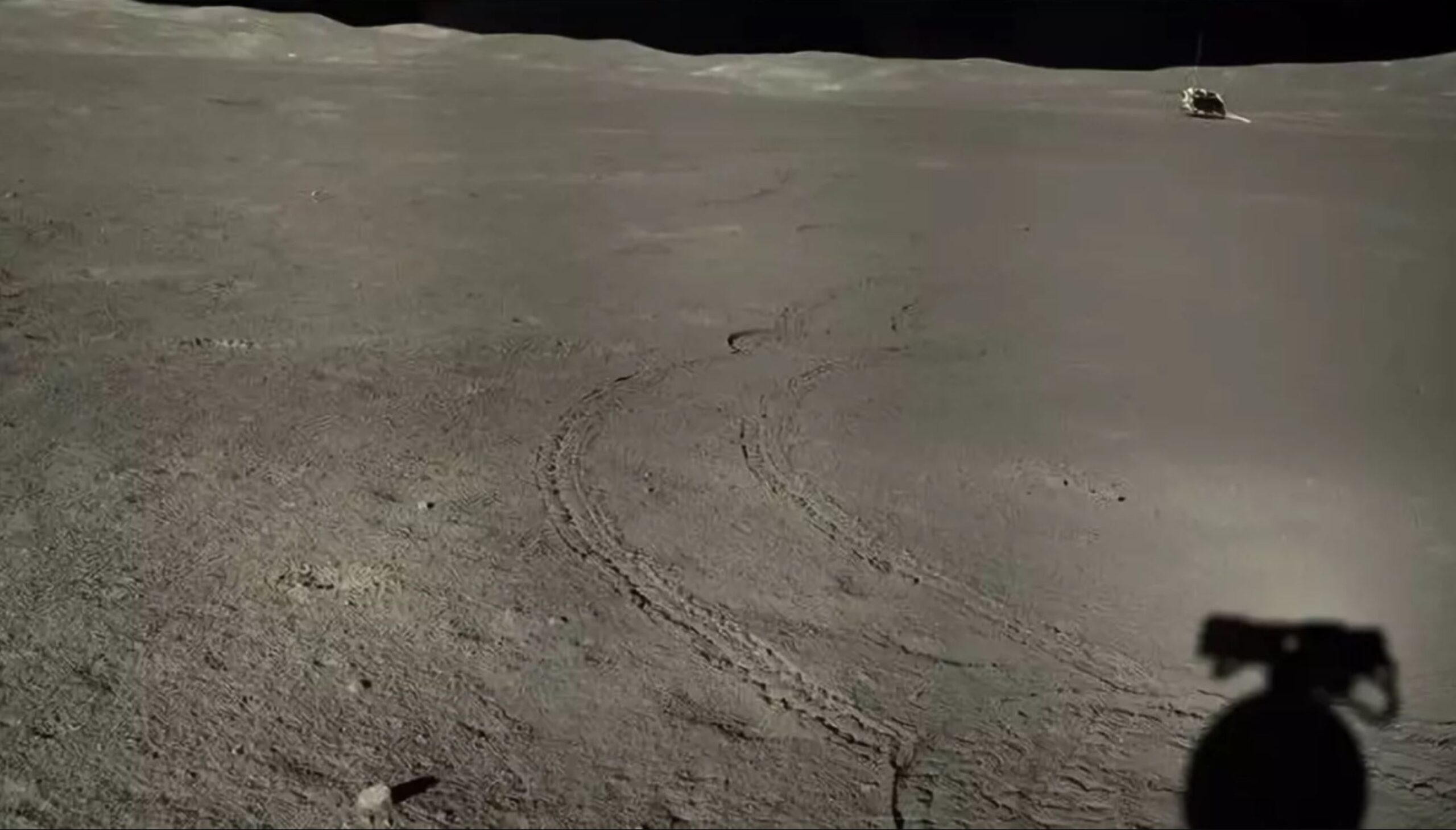HELSINKI — An agreement for a United Arab Emirates’ rover to fly on China’s Chang’e-7 lunar mission has apparently been hit by U.S. export control rules.
China and the UAE signed a memorandum of understanding for the Rashid II rover to fly on lander of the multi-spacecraft Chang’e-7 mission in September 2022.
However, that agreement has fallen foul of the U.S. government’s International Traffic in Arms Regulations (ITAR), according to a report from the South China Morning Post, citing anonymous sources.
ITAR prohibits the sale or export of a list of components, technologies and software classified as defense-related on grounds of national security issues. The rules apply to all US citizens and businesses, as well as foreign companies and individuals that have access to items of U.S.-origin designated under ITAR.
Conversely, the UAE’s Rashid I rover recently entered lunar orbit aboard a Japanese commercial moon lander. The HAKUTO-R Mission 1 launched in December on a SpaceX Falcon 9.
The export control rules aim to restrict access of certain actors including China to access sensitive U.S.-made components, impacting China’s role in the international launch market and impacting cooperation.
Components developed to be ITAR-free have allowed entities in China and Europe to collaborate, while China has also looked to deliver turnkey space solutions—providing launch, spacecraft, ground support and so on—to lesser developed nations in order to avoid the barriers of ITAR.
The regulations have also been perceived to hit U.S. companies which have also been cautious of violating sometimes nebulous ITAR controls.
Rumors that the partnership had ended had appeared on Chinese social media in recent weeks. No official comment has been made.
China recently worked to grow cooperation with emerging space nations including Saudi Arabia and the United Arab Emirates.
The development, if confirmed, would be a blow to China’s efforts to attract partners for its lunar exploration plans.
China is working towards constructing an International Lunar Research Station (ILRS) in the 2030s, with the Chang’e-7 and Chang’e-8 missions touted as a basic model for the plan.
Further complicating the issue is Russia’s founding participation in the ILRS project. Chinese officials presented opportunities for international participation on Chang’e-7 and other lunar and deep space missions at the International Astronautical Congress (IAC) in Paris last September. The officials did so however without mentioning Russia as a partner, with the country facing international isolation in the wake of its invasion of Ukraine.
Opportunities to join Chang’e-7 were reiterated at meetings of the Committee on the Peaceful Uses of Outer Space (COPUOS) in February this year, with 10 kilograms of payload available on the Chang’e-7 lander, with a further 15 kg aboard the orbiter. The loss of the Rashid II rover means a further 10 kg will be once again available on the lander.
Also at the meetings Chinese officials revealed that it had pre-selected landing areas at Shackleton crater at the lunar south pole and the nearby Shoemaker crater, downselecting from a wider range of earlier potential sites. The specific landing site was still to be determined.

NASA is also considering landing sites at Shackleton for the Artemis 3 mission. China and NASA had previously identified a number of overlapping potential landing sites.
China is set to launch a relay satellite in 2024 to support the upcoming Chang’e-6 lunar far side sample return and Chang’e-7 lunar south pole landing missions.
